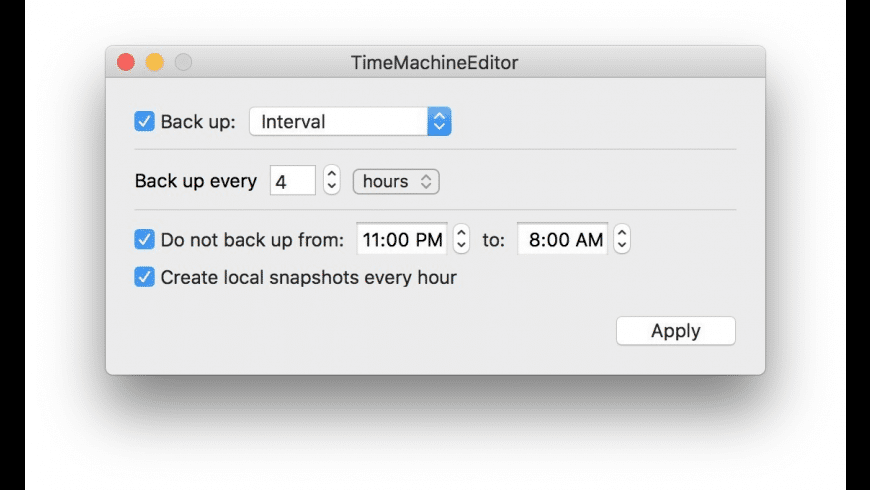

Never before have we seen schematic variety like this at the NFL level, as some coaching staffs have fully embraced more modern concepts, while others have adapted them to fit their established philosophies, and still others have been more reluctant to jump on the bandwagon. Now, 14 years after the Patriots kicked things off, that ubiquitous “NFL Offense” that Brown wrote about is just one of many systems that are permeating the league. Like the Patriots a decade before them, the Chiefs helped accelerate the NFL’s offensive evolution. Not long after that, Kansas City was running zone reads and RPOs for Alex Smith and using jet motion before the snap to throw defenses off. Chiefs coach Andy Reid, for instance, tasked longtime assistant Brad Childress with scouring college film for new concepts Reid could add to his playbook.
#Snapmotion windows pro
Smart coaches had realized there was a lot to learn from college offenses, which always have been more creative and diverse than their pro counterparts, and helped build a schematic bridge between the two levels. Not long after that, run-pass options started popping up all over NFL film and finally took hold for good when Philly rode them to a Super Bowl win after the 2017 season. Cam Newton, Robert Griffin III, Colin Kaepernick, and Chip Kelly’s early Eagles teams proved that an option run game wasn’t “gimmicky,” as many pro coaches had previously thought, but something that could genuinely work on Sundays. By the start of the 2010s, NFL coaches had fully embraced the structure of the spread.īut bringing in some of the scheme’s foundational concepts-especially those that got the quarterback involved in the run game-took more time. It wasn’t long before 11 personnel (one running back, one tight end, three wide receivers), became the most popular personnel grouping in the NFL. Wes Welker’s success with those Pats teams helped turn the slot receiver into an every-down role, as more and more teams replaced their fullback with a faster receiver. We’ve seen a similar trend in the usage of three-receiver sets.

The Ringer Staff’s 2021-22 NFL Playoff and Super Bowl Predictions Beware the Bespoke Bill Belichick Game Plan The NFL Wild-Card-Round Entrance Survey Five years later it was up to 68 percent, and in 2021, only three teams lined up under center on more than half of their snaps. By 2011, that number had spiked to 41 percent. The year before, NFL offenses had lined up in the gun just 19 percent of the time, according to Football Outsiders. That 2007 Pats team was the first in NFL history to line up in shotgun formations on a majority of its snaps. And with defenses unable to manhandle receivers all over the field, a spread passing game became more viable at the pro level. Around this time, the NFL made defensive holding calls stricter, largely in response to the success New England’s defense had enjoyed against Peyton Manning’s Colts. Not as the foundation of an offense.Īiding in the spread’s success were some new leaguewide rules of engagement. These concepts themselves weren’t completely foreign to the league, but they typically served as options in obvious passing situations. This was an offense built around spread concepts-something McDaniels had learned about from Florida offensive coordinator Dan Mullen a few years earlier-and it was like nothing the NFL had seen before. But Stallworth quickly saw that the offense Josh McDaniels had crafted was something radically different. He was expecting more of the same when arrived in New England. The now-retired wide receiver told The Ringer’s Kevin Clark that around half of all NFL teams ran the same playbooks, and the rest were only separated by minor scheme tweaks.

Brown, one of the OGs of football scheme writing, said in 2009 that he tended not to write about the the pro game because NFL offenses “are surprisingly bland and homogenized,” and “80 percent of what NFL teams do on offense … is extremely straightforward to the point where every team runs the same stuff.”ĭonté Stallworth, who joined the Patriots just before the 2007 season, shared a similar viewpoint at the time. But across the league, it also represented a shift in offensive thinking-one that ushered in new ideas and schools of thought.īefore New England lit defenses up 14 years ago, NFL offenses were largely all the same. That team, which finished the regular season 16-0, is best known for narrowly missing out on perfection after losing to Eli Manning’s Giants in Super Bowl XLII. Any discussion about modern NFL offenses has to start with the 2007 Patriots.


 0 kommentar(er)
0 kommentar(er)
